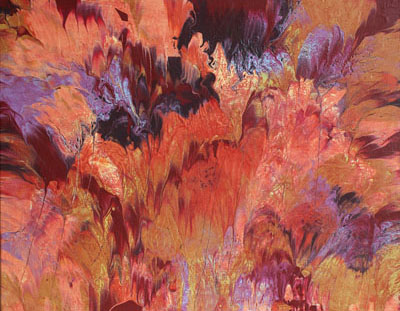
Some dormancy can be broken in a few minutes, but some species take months or even years. Some species don't need any pre-treatment to germinate, but some species have dormancy mechanisms that must be broken before the seed will germinate. Then, follow the GERMINATION INSTRUCTIONS prior to planting.
#Indian paintbrush painting code
To propagate native plants, a gardener must break this dormancy before seed will grow.Įach species is different, so be sure to check the GERMINATION CODE listed on the website, in the catalog, or on your seed packet.

In nature, this prevents a population of plants from germinating all at once, before killing frosts, or in times of drought. Before you get started, one of the most important things to know about the seeds of wild plants is that many have built-in dormancy mechanisms that prevent the seed from germinating.

Growing your own plants from seed is the most economical way to add natives to your home. To add hemiparasitic species to existing sites, scatter seed on soil surface (rake in if seed is large) in late fall. You may also try sowing hemiparasitic and host species seeds together at the same time. If host is transplanted at sowing time, the cut is not needed because damaged roots will be available for attachment by the parasite. Sow seed in the cut, making sure seed is not more than 1/8" deep. With a knife make a 2" deep cut at the base of the host plant. If you will be starting Indian Paintbrush in a container, good hosts for many hemiparasitic species include low-growing grasses and sedges like Blue Grama, Juncus species, Buffalo Grass, Pennsylvania Sedge, Sweet Grass, and June Grass.

Indian Paintbrush is one of the larval host plants of the Chalcedon Checkerspot, Edith's Checkerspot and of the Theona Checkerspot.Ī hemiparasitic plant is one that its roots seek out those of host plants, usually grasses, and tap into them for nutrition (see Germination Code K). May and June are the typical bloom time, but because of its annual or biennial nature, you can see flowers blooming as late as October. An annual or biennial, its vivid scarlet bracts nearly hide small, greenish flowers and appear to have been dipped in paint. Indian Paintbrush is a sought-after prairie beauty that prefers bright sites with medium-dry to medium-wet soils.


 0 kommentar(er)
0 kommentar(er)
